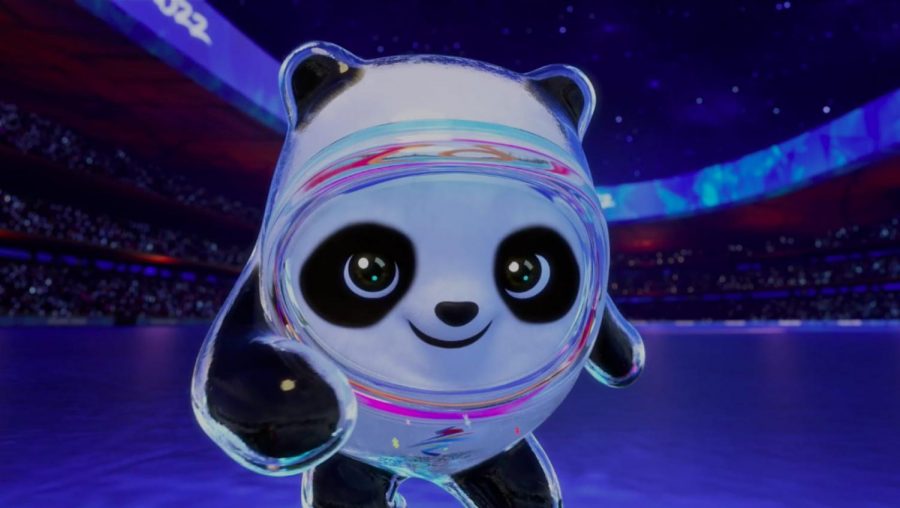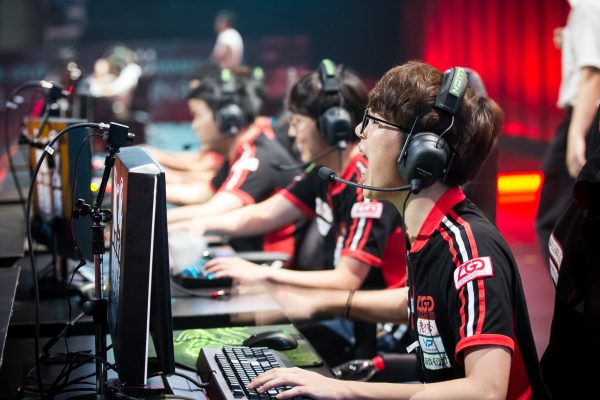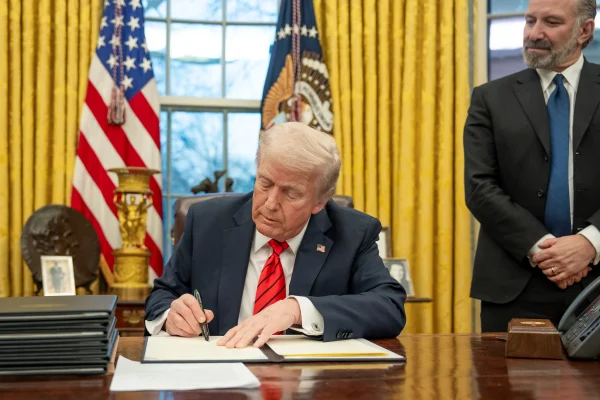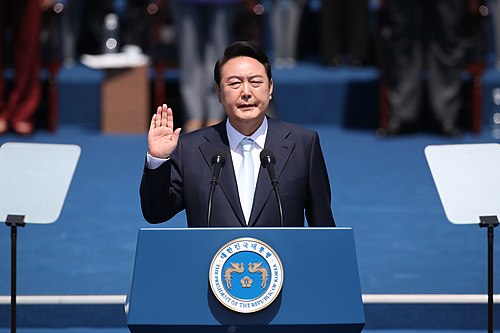Chinese Culture’s Crucial Role in Upcoming Olympic Winter Games
Olympians from all over the world are getting ready to gather for not only a sporting competition, but a cultural experience.
As more details of the Winter Olympics come to light, culture is becoming a main feature of the event. The posters, torches, mascots, venues, and emblems overflow with the national identity; elements such as color, legends, and architecture are implemented in every aspect.
China is one of the Four Ancient civilizations, its culture is one of the oldest in the world. They are led by the principles of harmony, wisdom, honesty, and loyalty, and value family as one of the most important components of life. Modern Chinese society acts according to the principle of maintaining harmony between humankind and nature, and between mind and body. They believe in symmetry and balance.
This cultural pedigree has found its way into the upcoming Winter Games, set to begin Feb. 4 in Beijing, and run until Feb. 20. They will be held in old and new structures in three main zones: Beijing, Yanquing, and Zhangjiakou.
The opening and closing ceremonies will be held in the Beijing National Stadium, also known as the “Bird’s Nest” because of its structural resemblance. The stadium’s design originated from the study of Chinese ceramics, which dates back between 7,000 and 8,000 years, according to Britannica.com.
Similarly, the Olympic villages of all three zones were designed according to the traditional characteristics of mountain villages in Northern China, which highlights culture and environmental protection.
This year’s chosen mascot is the Bing Dwen Dwen, a panda bear. Its name derives from Mandarian Chinese, where the word ‘Bing’ is most commonly translated to ‘ice,’ but also carries a number of meanings, including purity and strength. Additionally, Dwen Dwen is used as a representation of children and means lively.
Panda bears carry great importance on a national, cultural, and personal level for Chinese people. Anita Hua, a senior from Shanghai, personally interprets the animal as a representation of balance, the Yin and Yang, and the moon and the sun. She feels they represent their everyday lives, and the circulation of days and seasons.
Anita also tells The Willistonian how the animal, recently determined to be an endangered species, has gained a new meaning.
“[The] Panda is also important to us because it has been recently found on the verge of extinction, so our protection of the panda is like our patriotism towards the country,” she said. “Like we want to protect the country.”
This Olympics slogan is “Together for a shared future,” a direct representation of how important unity is for the community. Such sense of unity is explicitly seen in the relationship between the 56 ethnicities in China.
The 56 ethnicities, Anita explained, celebrate and respect each other’s traditions, and are united by their love for others and for their country.
“For example, I am a Han person, but a lot of people are from minority groups, and what unites us all together is our patriotism and our love for traditions,” she said. “Even though we all have different traditions and dialects, we celebrate the same festivals together so that kind of unifies [us] and pushes us to bond deeply within a nation, even if we are not from the same region.”
This also makes them more prone to accept different traditions, she explains.
The Winter Olympics also represents an important development in China, an ideological change which has shifted the nation’s views on its own athletes.
“We have a lot of very young kids of like 15 and 16 years old I think, who won gold medals and silver medals at the last Olympics,” Anita said. “I think our country is getting better at specializing and supporting people who are pursuing an athletic professional path. Before we were all taking the exam, we were all academics, and now parents are giving children the liberty to pursue whatever we want.”












安骐 • May 15, 2022 at 11:12 PM
今天我真的不想让人开心不舒服吧……不管怎么样
Anita Hua • Oct 4, 2021 at 7:48 PM
Fame check;) so honored be featured in such an insightful and well-written article!
McKayla • Feb 11, 2022 at 10:12 AM
Good morning
Isaac Hop • Oct 2, 2021 at 12:51 PM
Congratulations Victoria!!
I liked your article very much.
Good job!